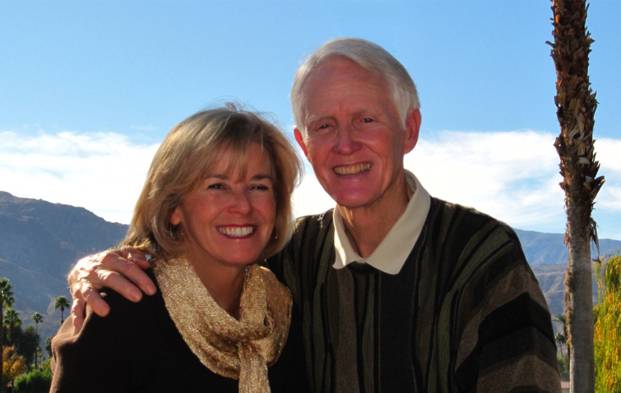
Appendix D: Negative Cognitive Styles
From the book, You Can Choose To Be Happy
Tom G. Stevens PhDPsychologist/Professor Emeritus, California State University, Long Beach
Send Feedback/Questions to: Tom.Stevens@csulb.edu
You Can Choose To Be Happy:
Site dedicated to enhancing human happiness, self-development, and success
Go to: Choose To Be Happy Checklist
SITE MAP: All free Self-help resources includes online book, You Can Choose To Be Happy, and SHAQ

|
|||
| search engine by freefind |
Appendix D: from You Can Choose To Be Happy, Tom G. Stevens
PhD
Go to book Contents
Go to Dr. Stevens' Home Page
NEGATIVE COGNITIVE STYLES
Contents:
Negative selective abstraction
Dr. Aaron Beck recognized that people who have chronic problems with depression, anxiety, guilt, and other negative emotions usually have a negative thinking bias. Research has supported the efficacy of cognitive therapy (called cognitive restructuring) that replaces these styles with more positive thinking.
Negative bias. Negative bias is a tendency to look at the more negative side of
some event, person, object, or situation. It gives a negative interpretation or
a negative point of view for looking at a situation.
Instead think:
- I will assume the best instead of assume the worst.
- Positive self-fulfilling prophesies tend to create positive outcomes; negative self-fulfilling prophesies tend to create negative outcomes.
- Negative explanations of my own or other peoples' underlying motives cause me to intensify my anger or other negative feelings.
- Assuming the world is a hostile place creates fear, anxiety, and anger.
Negative selective abstraction. Selective abstraction means taking negative features of a situation out of context and exaggerating their significance. Usually it also means negating positive features. Example: A student who gets four "A"s and one "C," then focuses on the "C's."
Instead think:
- I will list at least one positive feature for each negative feature.
- I will limit my focus on negative features to constructive thoughts about how I can either accept or change the negative features. Return to beginning
Overgeneralization. When we overgeneralize, we assume far-reaching conclusions from limited data. A student made a "D" on one test. She overgeneralizes, she doesn't just think "Well, I messed up on that one test. Instead, "I may not pass the course, not ever finish college." "I must be stupid and a failure." "My whole life is ruined."
Instead think:
- I will put the negative event into its proper perspective.
- I will look for the positive aspects of every event. When I make mistakes, there is always something positive that comes from that event.
- These are just overgeneralized thoughts, not reality.
Thinking in extremes--exaggerating differences, dichotomous thinking. Everything is either black or white, wonderful or awful, always or never. It leads to exaggerated emotions. Catastrophizing may provide an excuse for not being able to deal with it and get rewarded by others. Instead think:
- I will stop using overly dramatic or melodramatic language and replace that language with calming language.
- I will learn to realize that there are almost never "never," "always," 100% events. Instead I will always try to be accurate in balancing out causation.
==>Refer especially to chapters 1, 3, 4, 5 to increase positive thinking.
To check them out GO TO the Choose To Be Happy CONTENTS (click here)
Dr Tom G Stevens' BOOK: You Can Choose To Be Happy:
"Rise Above" Anxiety, Anger, and Depression
(with Research Results)
Go to Free BOOK DOWNLOAD
pdf
Go to BOOK CONTENTS
Go to RESEARCH SUMMARY CHAPTER
SELF-HELP INFORMATION + SITE MAP:
FREE SELF-HELP MATERIALS on this web site (click here to see list)
Free SHAQ QUESTIONNAIRE: Go to:
Success and Happiness Attributes Questionnaire (SHAQ)
to assess yourself on many factors--including your
HQ-Happiness Quotient
ORDERING the BOOK:
How to ORDER You Can Choose To Be Happy
Web site created and maintained by: Tom G. Stevens PhD,
Psychologist/Professor Emeritus, California State University, Long
Beach Counseling and Psychological Services
URL of this web site:
http://home.csulb.edu/~tstevens/index.html
HOME PAGE: Return to Dr Tom Stevens' Home Page Copyright 2025; Tom G. Stevens PhD